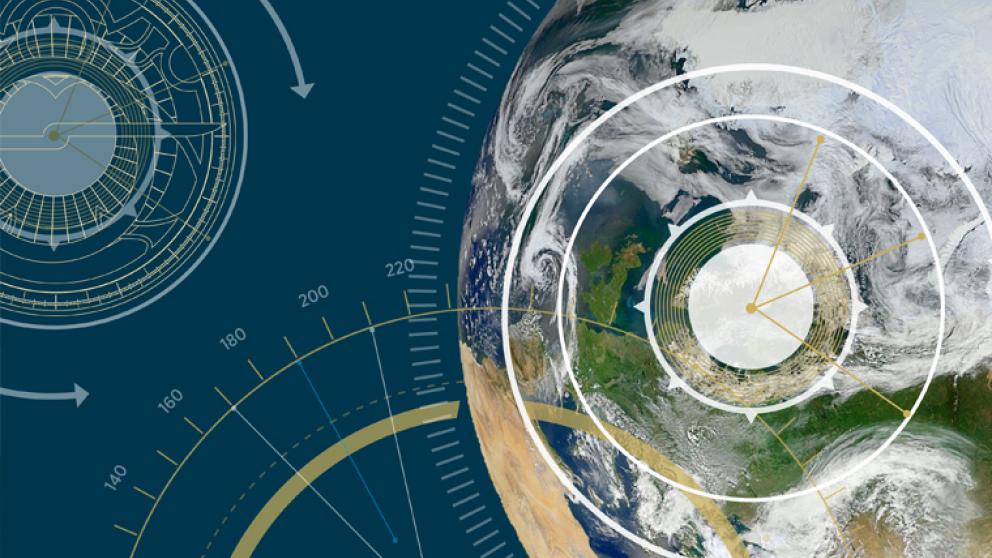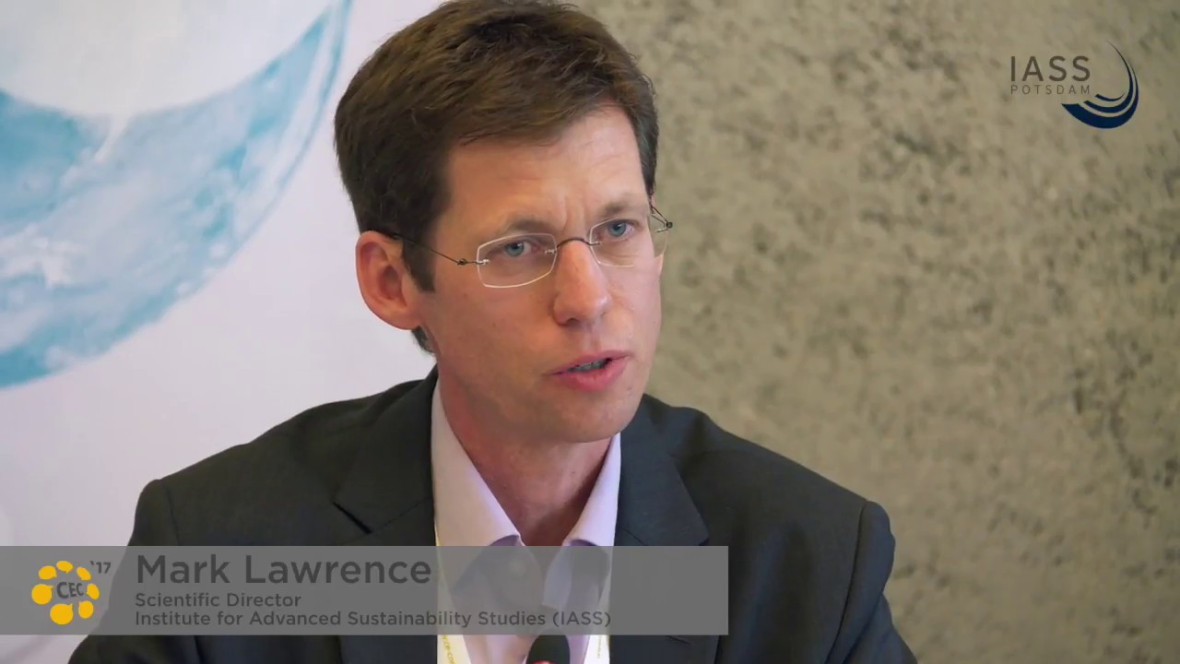IASS Fact Sheets Review the State of Climate Engineering Research
11.10.2017
Climate Engineering Conference 2017

Despite the diplomatic success achieved by the international community with the Paris Climate Agreement, efforts to reduce global greenhouse gas emissions are progressing at a sluggish pace. The existing climate protection measures will not be enough to limit the rise in global mean temperature to below two degrees Celsius, and strategies to adapt to climate change are still in the early stages of development. As a result, targeted interventions in the climate system, known collectively as ‘climate engineering’, have received increased attention in recent years.
Experts from the fields of science, policymaking, and civil society are meeting in Berlin from 9 to 12 October at the Climate Engineering Conference 2017, which is organised by the IASS and partners, to engage in critical debate on the complex ethical, political and scientific issues raised by climate engineering. In order to supply a broader audience with information on the most important challenges, IASS researchers have published two fact sheets that provide an overview of the current state of the research and debate.
Solar radiation management and carbon dioxide removal
The various approaches to climate engineering can be broadly grouped into two categories. One group of measures seeks to remove carbon dioxide and other greenhouse gases from the atmosphere. The second group bundles various approaches that seek to either reflect more sunlight away from the Earth or to allow more heat to escape from the climate system. These two sets of approaches – carbon dioxide removal (CDR) and solar radiation management (SRM) – are addressed in the new English-language fact sheets published by the IASS.
What is technically, politically, and legally feasible?
As well as describing the various proposed measures, the fact sheets also explain why it is important to discuss them and offer insights into the findings of the natural scientists, engineers, social scientists and lawyers who are grappling with these issues. These include answers to such questions as: Are the current proposals technically and politically feasible? What risks do they harbour? How could climate engineering measures be taken into account by policymakers and regulated under law? What role could they play within efforts to implement the Paris Climate Agreement? An infographic provides a concise overview of the measures currently under discussion.

Links:
- IASS Fact Sheet Carbon Dioxide Removal
- IASS Fact Sheet Solar Radiation Management
- Website of the Climate Engineering Conference 2017
- Video: Press briefing at CEC17 with David Keith, Harvard University, Mark Lawrence, IASS, Lili Fuhr, Heinrich Böll Foundation, and Pablo Suarez, Red Cross/Red Crescent Climate Centre
Media
CEC17 / Press Briefing on 10 October

